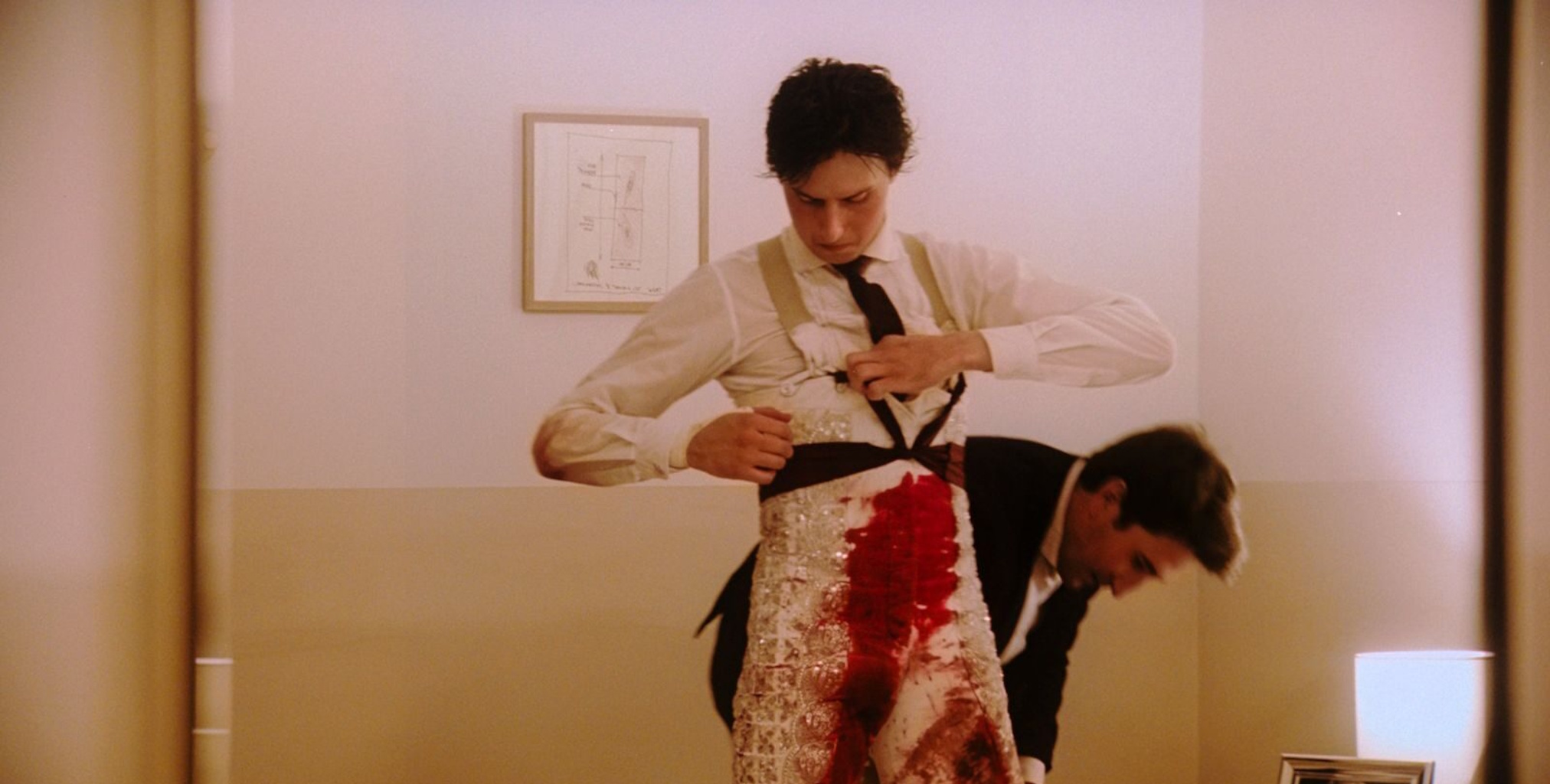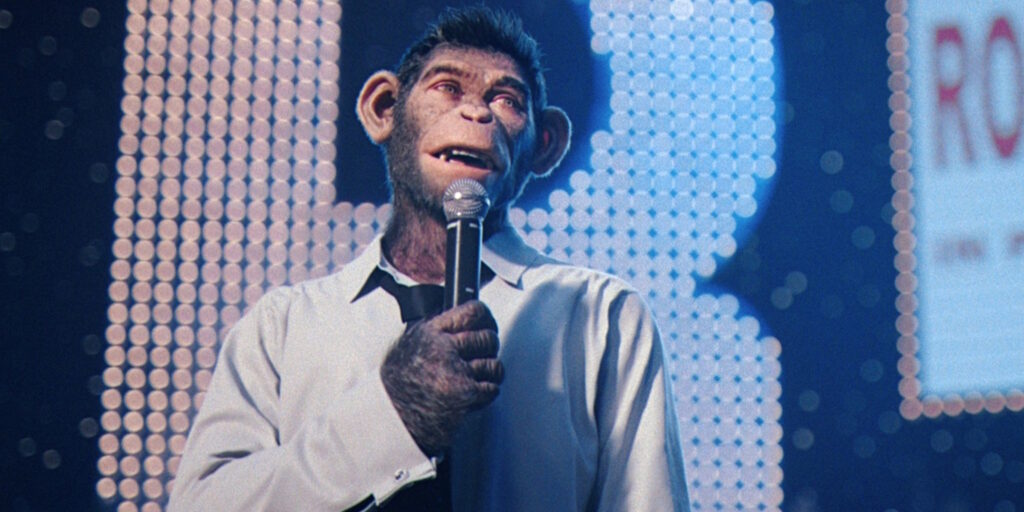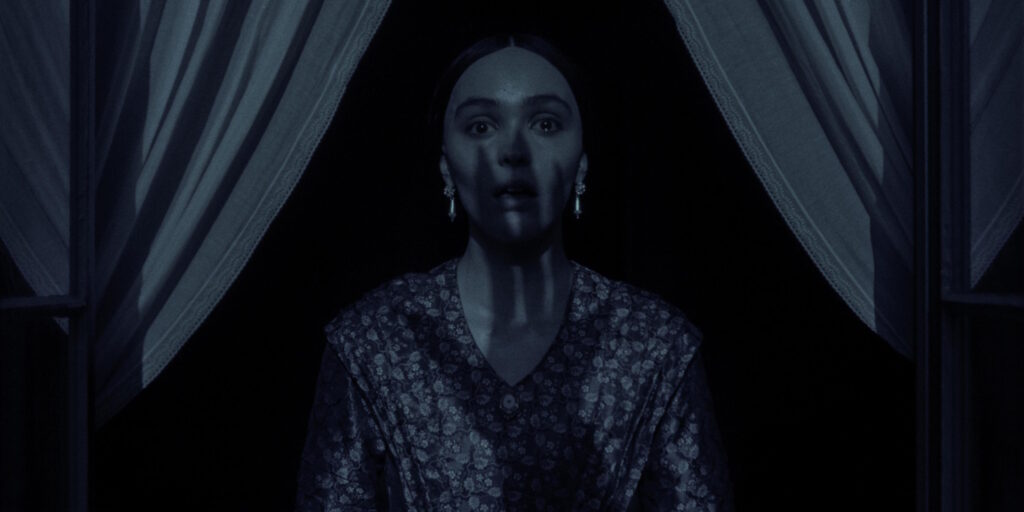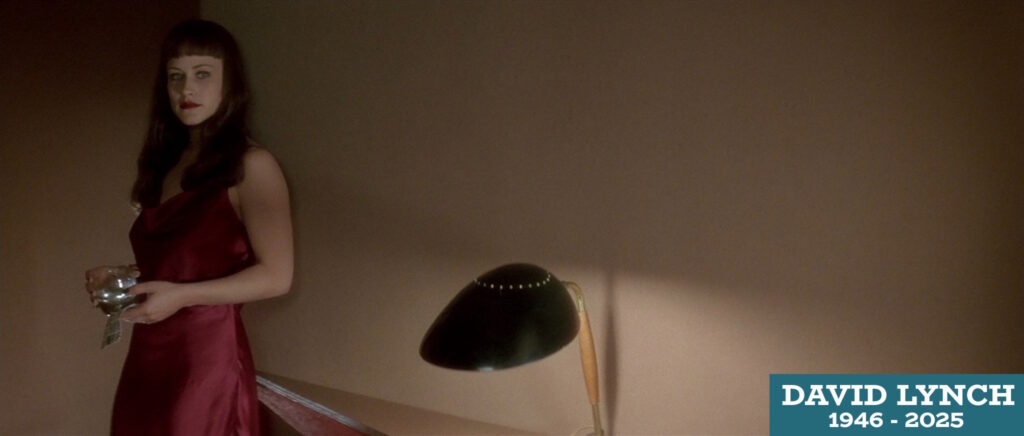“Break a leg” is a common expression in show business. But how often is it a very real possibility? For Andrés Roca Rey, subject-slash-star of Albert Serra’s ironically titled documentary Afternoons of Solitude, snapping a bone is one of many potential hazards during a performance. Rey is a matador participating in the sport of bullfighting, and there’s no limit to the number of potential gruesome outcomes that await in the arena. Some dismiss Rey’s profession as a foolish stunt — Johnny Knoxville’s close call in Jackass Forever (2022) comes to mind — while others look down on it as a cruel and antiquated act of animal abuse. And yet, for Rey, this is just work, as rote as any 9-to-5 grind.
Shot largely from a distance and relying heavily on zoomed-in close-ups of Rey and his bovine adversaries, Serra’s doc effectively replicates the feeling of being in the crowd at one of these fights to the death — especially when he allows his take to go excruciatingly long, playing out in what must be pretty darn close to real time. He includes more than a dozen corridas in all, following Rey over three years of his professional life. Emphasis on professional: It’s the only side of the matador that the viewer glimpses. In true observational style, there are no talking-head interviews with Rey or his crew, nor any exposition dumps in the form of narration or on-screen text clueing the viewer in on his personal life or inner conflict.
Such unsubtle techniques aren’t needed to make the audience feel something, however, thanks in part to Serra’s embrace of traditional sports-movie conventions: We hear talk of Rey’s retired colleagues, an acknowledgment of the physical and mental toll of being a matador. The same goes for discussions of fellow competitors with families back home. Both occur in dialogue early on, establishing the real-life stakes of the incredibly dangerous game that they play. Likewise, the sounds of the crowd, their cheers and gasps indicating Rey’s A-list status and the weight that comes with that distinction. Similar to a boxer surrounded by their team in the corner of the ring, Rey even has a squad of devoted lackeys following his every move, eager to hype him up as he exits the stadium.
These sycophants of his are so over the top with the flattery it’s actually comical: “Life is nothing!” they tell Rey, freshly bleeding from his latest brush with death. It feeds into the mythic atmosphere that surrounds Rey and his sport at large. In the heat of the moment, he merely considers himself lucky — “He got me and I didn’t get hurt!” he exclaims, brushing himself off and re-entering the battle after avoiding being gored by a bull’s horns — but when the massive animal at last drops, it becomes so much more than just good fortune: “An angel saved me” or “He was possessed.”
This is a performance, after all — albeit in the most radical sense — so there’s a natural inclination toward the theatrical. Afternoons of Solitude spends a majority of its runtime tracking Rey in the bullring, but there are interludes that underline this performative aspect: costume fittings, photo ops, meet and greets, autograph signings, the stuff one would expect to see of any celebrity-athlete. The hype goes hand-in-hand with his status, as does the hyperbole. Serra never explicitly endorses or condemns the brutality of the blood sport, but, when viewed in the context of live sporting events, the observational camera’s inherent silence is, in effect, a disavowal. As the crowd goes wild, the film’s gaze watches quietly. By saying nothing, it says everything.
Afternoons of Solitude screens nightly at 7:30 p.m. on Jul. 25 – 27 at the Webster University Film Series.




